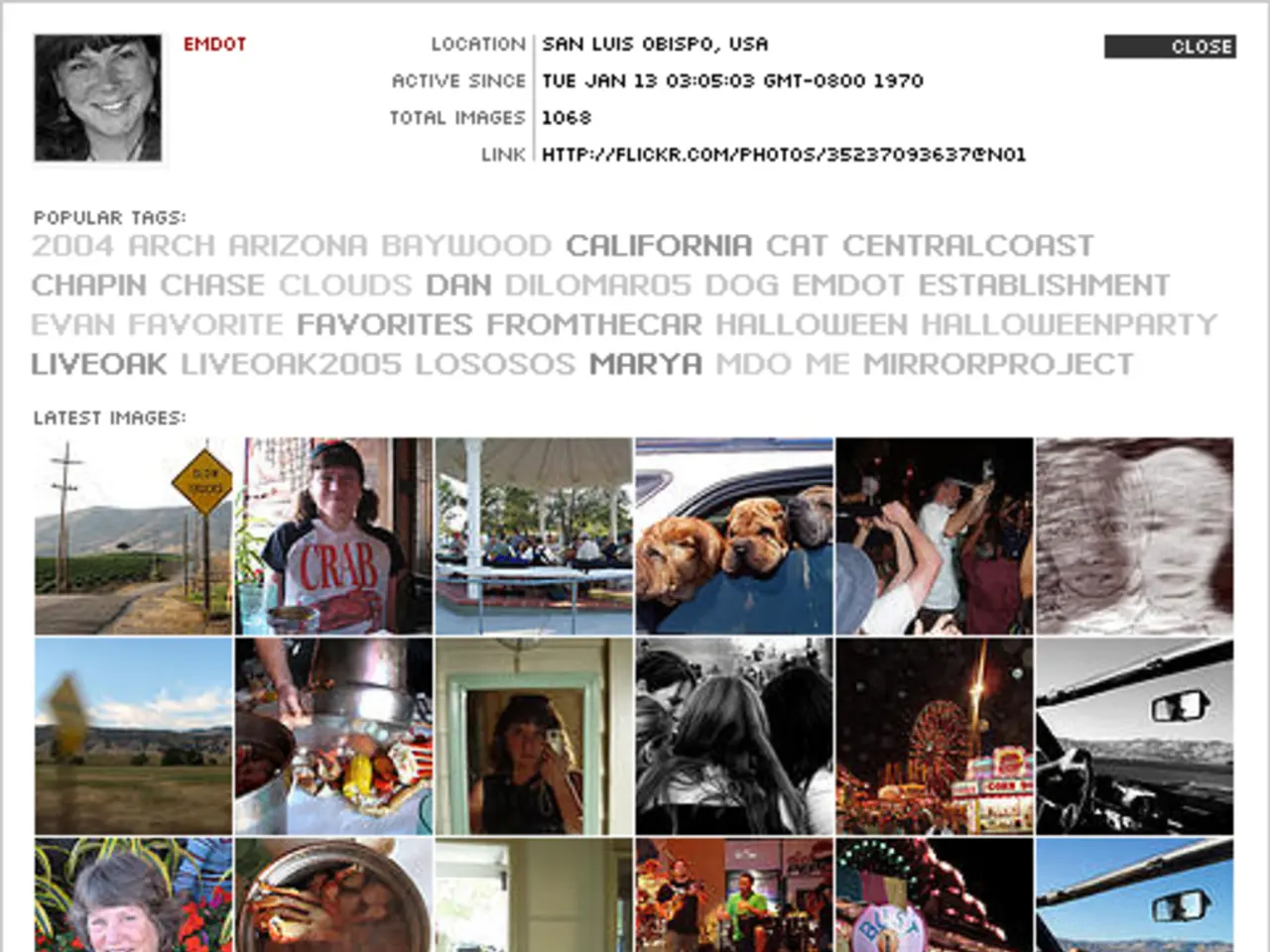Autonomous Aircraft Models Unbound by Pilot's Licenses
License-Free Flying: Exploring the World of Ultralight Aircraft
In the realm of aviation, the dream of soaring through the skies without the need for a pilot's license is becoming a reality for some. Ultralight aircraft, designed to be lightweight, simple, and affordable, offer a unique opportunity for recreational flying without the formal training and certification typically required.
One such aircraft is the Aerolite 103, a single-seat, fixed-wing ultralight with an endurance of two hours. This aircraft, which resumed production in 2013 after a hiatus, can be purchased for around $19,000 fully assembled.
Another option is the Mosquito XEL, a single-seat helicopter equipped with floats and designed for an hour of flight time. However, it comes with a higher price tag of $53,000 fully built.
The Phantom X1, a tractor-configuration, high-wing aircraft, is another popular choice. Known for its significant maneuverability, the Phantom X1 was initially designed as an aerobatic training aircraft. It can be assembled by an average person in approximately 40 hours and can be found for around $20,000.
The Hummel Ultracruiser, an all-metal ultralight aircraft, complies with FAR 104 regulations and does not require a pilot's license. Over 100 of these aircraft have been built since 2001.
While these aircraft can be flown for recreational or sports purposes, it's important to note that they can only be operated within specific regulatory criteria. According to U.S. Federal Aviation Regulations Part 103, an ultralight aircraft must have a single seat, weigh no more than 254 pounds (excluding floats), have a top speed under 63 mph, carry no more than 5 gallons of fuel, and be operated only during daytime in uncontrolled airspace without flying over populated areas.
However, if the ultralight aircraft or operation falls outside these limits, such as carrying passengers or heavier weights, a pilot license may be required. For example, Canada issues a Recreational Pilot Permit allowing flight in ultralights and small airplanes but requires a minimum age of 16, medical clearance, flight training, and passing a written exam.
It's crucial for potential buyers to be aware of the requirements for Part 103 compliant aircraft. Flying a plane that doesn't meet the Part 103 Ultralight category requirements can result in severe penalties, including up to $250,000 in fines and three years in prison.
In certain areas, extra professional training may be required before flying these types of aircraft, but a pilot's license is not necessary. For instance, personal aircraft like paramotors are also flyable without a license in the U.S., often with guidance from specialized schools or associations.
In conclusion, truly license-free ultralight flight is limited to aircraft and operations that fit within strict regulatory definitions like FAA Part 103. These regulations encompass single-seat, very light, low-speed vehicles flown only in certain conditions. For anything beyond that, such as flying two-seat ultralights or larger recreational aircraft, some form of pilot certification or permit is typically required, along with training and medical checks.
Gadgets such as personal aircraft like paramotors, designed for licence-free flying, can often be found without the need for specialized training or specific gadgets, making them accessible for individuals interested in aviation. However, technology like GPS devices and aviation apps can be useful for these licensed-free flights, aiding navigation and ensuring compliance with regulations.




